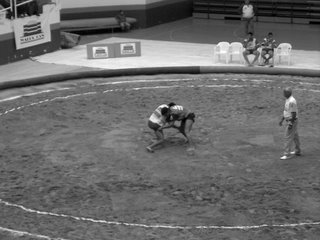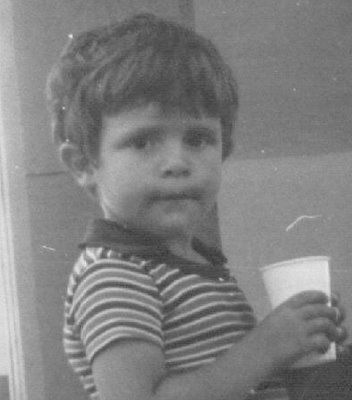Free and legal computer science books
Hi everyone!!
http://freecomputerbooks.com/
A couple of days without posting, but you are lucky, if you like computer related stuff, This time I give you a link two literally hundreds of free and legal computer related books. Enjoy:
http://freecomputerbooks.com/








 Suggestions (sugerencias):
Suggestions (sugerencias):